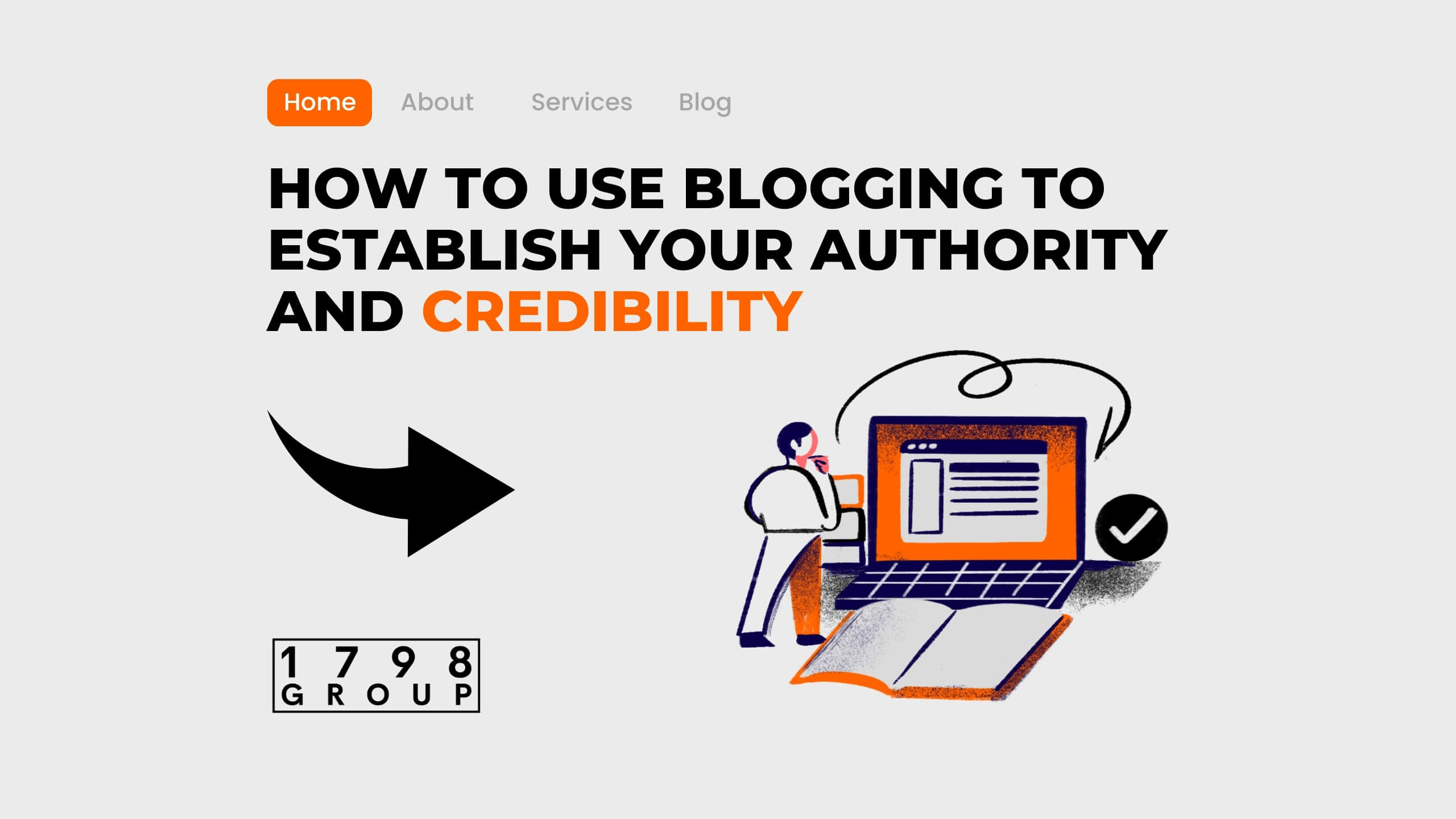
What we will cover in this article?
- What is a Business Plan and Why is it Important?
- Define Your Company’s Mission and Vision
- Conduct a Market Analysis and Define Your Target Audience
- (SWOT) Identify Your Company’s Strengths, Weaknesses, Opportunities, and Threats
- Develop a Marketing Strategy
- Outline Your Sales Strategy
- Establish Operational Processes and Procedures
- Define Your Organizational Structure
- Identify Your Competitive Advantage
- Develop Your Sales and Marketing Strategy
- Develop Strong Relationships with Your Customers
- Stay Up-to-Date with Industry Trends and Developments
What is a Business Plan and Why is it Important?
A business plan is a document that outlines the strategy and direction of a company/business. It serves as a roadmap for the organization, detailing its goals, objectives, and action plans. A business plan can help you secure financing, attract investors, and establish credibility with stakeholders.
Creating a business plan is a critical first step for any new business or entrepreneur. It can help you clarify your business idea, identify potential challenges and opportunities, and develop a strategy for success. It also forces you to think critically about your business and consider all aspects of its operation, including marketing, sales, finance, and management.
A well-crafted business plan can also be used as a tool for measuring success and making adjustments as necessary. It can help you stay on track and ensure that you are working towards your goals and objectives. A business plan is not a static document and should be reviewed and updated regularly to reflect changes in your business and the marketplace.
Define Your Company’s Mission and Vision
Defining your company’s mission and vision is a critical step in creating a strong business plan. Your mission statement should be a concise summary of your company’s purpose and core values, while your vision statement should outline your aspirations for the future.
A well-defined mission and vision can help you stay focused on your goals and make strategic decisions that align with your core values. It can also help you differentiate your company from competitors and establish a unique brand identity.
To create a mission statement, you should consider your company’s purpose, values, and target audience. Your mission statement should be concise and easy to understand, and it should reflect the unique characteristics of your business. Your vision statement should be more aspirational and focus on the long-term goals and objectives of your business. It should inspire and motivate your team, while also providing a clear direction for the future.
When defining your company’s mission and vision, it’s important to involve key stakeholders in the process. This can include employees, investors, and customers. By involving others in the process, you can ensure that your mission and vision reflect the values and aspirations of everyone involved in your business.
Conduct a Market Analysis and Define Your Target Audience
Conducting a market analysis is an essential step in creating a strong business plan. Market analysis involves researching and understanding your target market, competitors, and industry trends. This information can help you identify opportunities and challenges, and develop a marketing strategy that effectively reaches your target audience. To conduct a market analysis, you should begin by identifying your target audience. This involves understanding the demographics, behaviors, and needs of your potential customers. You can gather this information through surveys, focus groups, and other market research techniques.
Once you have a clear understanding of your target audience, you can research your competitors and industry trends. This can involve analyzing competitor websites, researching industry reports and publications, and attending industry events. By conducting a market analysis, you can identify gaps in the market and potential opportunities for growth. You can also identify areas where your company can differentiate itself from competitors and establish a unique value proposition.
In addition to helping you develop a marketing strategy, a market analysis can also help you make informed decisions about pricing, product development, and distribution channels.
(SWOT) Identify Your Company’s Strengths, Weaknesses, Opportunities, and Threats
A SWOT analysis is a tool used to identify and analyze the strengths, weaknesses, opportunities, and threats of a company. It can help you gain a better understanding of your business and the marketplace, and develop a strategic plan for success. To conduct a SWOT analysis, you should begin by identifying your company’s internal strengths and weaknesses. This can include analyzing your financial performance, organizational structure, management team, and product offerings.
Next, you should analyze the external opportunities and threats facing your business. This can include changes in the marketplace, shifts in consumer behavior, and new competition. By conducting a SWOT analysis, you can gain a better understanding of your company’s position in the marketplace and develop a strategy that leverages your strengths, addresses your weaknesses, and capitalizes on opportunities.
A SWOT analysis can also help you anticipate potential threats and develop contingency plans to address them. This can include identifying potential risks to your business, such as changes in regulations or economic downturns, and developing a plan to mitigate these risks.
Develop a Marketing Strategy
A marketing strategy is a plan that outlines how your company will reach and engage with your target audience. It involves identifying your target market, defining your unique value proposition, and developing a plan for promoting your products or services.
To develop a marketing strategy, you should begin by identifying your target audience. This involves understanding the demographics, behaviors, and needs of your potential customers. You can gather this information through market research techniques such as surveys, focus groups, and interviews. Next, you should define your unique value proposition. This involves identifying what sets your company apart from competitors and what unique benefits you can offer to your target audience.
Once you have a clear understanding of your target audience and unique value proposition, you can develop a plan for promoting your products or services. This can include tactics such as advertising, public relations, social media, and content marketing. Your marketing strategy should also include a budget and a timeline for implementation. This can help you stay on track and measure the success of your marketing efforts.
In addition to developing a marketing strategy, it’s important to regularly monitor and evaluate your marketing efforts. This can involve tracking metrics such as website traffic, lead generation, and sales, and making adjustments to your strategy as needed.
Outline Your Sales Strategy
Your sales strategy is a plan that outlines how your company will sell your products or services to customers. It involves identifying your sales channels, establishing sales goals, and developing a plan for sales activities.
To outline your sales strategy, you should begin by identifying your sales channels. This can include online sales, direct sales, retail sales, or a combination of these channels. You should also consider which sales channels are most effective for your target audience. Next, you should establish sales goals. This involves setting targets for sales revenue, market share, and customer acquisition. Your sales goals should be specific, measurable, achievable, relevant, and time-bound (SMART).
Once you have identified your sales channels and established sales goals, you can develop a plan for sales activities. This can include tactics such as lead generation, prospecting, and closing sales. You should also establish a process for managing your sales pipeline and tracking your progress toward your sales goals. Your sales strategy should also include a budget and a timeline for implementation. This can help you stay on track and measure the success of your sales efforts.
In addition to developing a sales strategy, it’s important to regularly monitor and evaluate your sales efforts. This can involve tracking metrics such as sales revenue, customer acquisition, and customer retention, and making adjustments to your strategy as needed.
Establish Operational Processes and Procedures
Operational processes and procedures refer to the systems and protocols that your business uses to carry out its day-to-day operations. This can include everything from inventory management and order fulfillment to customer service and employee training.
To establish operational processes and procedures, you should begin by identifying the key areas of your business that require standardization and systematization. This can involve mapping out your core business processes and identifying areas where you can improve efficiency and reduce waste.
Once you have identified the key areas of your business that require standardization, you can develop operational processes and procedures that support your business objectives. This can involve creating standard operating procedures (SOPs) for key processes, developing training programs for employees, and implementing systems to track and analyze operational data.
Your operational processes and procedures should also be regularly reviewed and updated as needed. This can help you identify areas for improvement and ensure that your processes remain aligned with your business objectives. To improve operational efficiency, standardizing processes and procedures can also help you mitigate risk and ensure regulatory compliance. This can involve developing protocols for safety, security, and data protection, and ensuring that your employees are trained and knowledgeable about your company’s policies and procedures.
Define Your Organizational Structure
Your organizational structure refers to the way that your company is organized and the roles and responsibilities of each employee. A well-defined organizational structure can help your business operate efficiently, delegate responsibilities effectively, and ensure that your employees know their roles and expectations.
To define your organizational structure, you should begin by identifying the key roles and responsibilities within your company. This can involve creating job descriptions and identifying the necessary skills and qualifications for each position. Once you have identified the key roles within your company, you can develop an organizational chart that outlines the hierarchy and reporting structure for each position. This can help you identify areas where additional positions may be necessary, as well as potential opportunities for employee development and growth.
Your organizational structure should also include protocols for communication and decision-making. This can involve establishing clear lines of communication between departments and defining the decision-making authority for each position. To define your organizational structure, it’s important to regularly review and adjust your structure as your business evolves. This can involve adding new positions, redefining roles, and responsibilities, and adjusting reporting structures to support your business objectives.
Identify Your Competitive Advantage
Your competitive advantage is the unique value proposition that sets your business apart from your competitors. This can involve quality, price, customer service, or innovation, and can be a key driver of customer loyalty and business success.
To identify your competitive advantage, you should begin by researching your competitors and their offerings. This can involve conducting market research to understand customer needs and preferences, analyzing your competitors’ strengths and weaknesses, and identifying gaps in the market that your business can fill. When you have a clear understanding of your competitors and the market, you can begin to develop your unique value proposition. This can involve highlighting your strengths and differentiating factors, such as high-quality products, exceptional customer service, or innovative technology.
Your competitive advantage should also be communicated clearly to your target audience through your marketing and branding efforts. This can involve developing a strong brand identity and messaging that highlights your unique value proposition and positions your business as the preferred choice for customers.
Moreover, to identify your competitive advantage, it’s important to regularly monitor and adapt to changes in the market and in customer preferences. This can involve staying up-to-date on industry trends and innovations, regularly seeking customer feedback, and making adjustments to your products, services, and marketing strategies as needed.
Develop Your Sales and Marketing Strategy
Your sales and marketing strategy is a plan for how you will promote your products or services, generate leads, and convert those leads into paying customers. Developing an effective sales and marketing strategy is critical for growing your business and generating revenue.
To develop your sales and marketing strategy, you should begin by identifying your target audience and understanding their needs and preferences. This can involve creating customer personas and conducting market research to gain insights into their demographics, behaviors, and motivations. When you have a clear understanding of your target audience, you can begin to develop a marketing plan that includes a mix of tactics, such as advertising, content marketing, social media marketing, and email marketing. Your marketing plan should be tailored to the needs and preferences of your target audience and should align with your brand identity and messaging.
In your marketing plan, you should also develop a sales strategy that includes processes and tactics for generating and closing leads. This can involve developing a sales funnel that outlines the steps that customers go through to make a purchase, as well as tactics for engaging and nurturing leads throughout the funnel. Your sales and marketing strategy should also include metrics for measuring the effectiveness of your efforts. This can involve tracking key performance indicators (KPIs) such as website traffic, lead conversion rates, and customer acquisition costs, and regularly reviewing and adjusting your strategy based on these metrics.
Develop Strong Relationships with Your Customers
Developing strong relationships with your customers is a key driver of business success. By building trust, loyalty, and rapport with your customers, you can improve customer retention, drive referrals, and word-of-mouth marketing, and ultimately, increase revenue.
To develop strong relationships with your customers, you should begin by prioritizing excellent customer service. This can involve training your employees to be responsive, helpful, and empathetic, and providing multiple channels for customers to get in touch with you. In addition to customer service, you should also seek to engage with your customers on a regular basis. This can involve sending out newsletters, offering exclusive discounts and promotions, and asking for feedback to continually improve your products and services.
Another key strategy for building strong customer relationships is to personalize your interactions with them. This can involve using their name in communications, acknowledging their past purchases, and tailoring your messaging and offers to their specific interests and preferences. It’s also important to recognize and reward your loyal customers. This can involve creating a loyalty program that rewards repeat business, or offering exclusive perks and benefits to your most valued customers.
Finally, you should seek to continually improve the customer experience. This can involve conducting regular surveys and seeking feedback from your customers, identifying areas for improvement, and implementing changes to improve the overall experience.
Stay Up-to-Date with Industry Trends and Developments
Staying up-to-date with industry trends and developments is crucial for any business looking to remain competitive and innovative in its field. By keeping abreast of the latest developments in your industry, you can stay ahead of the curve, identify new opportunities for growth, and remain agile in response to changing market conditions.
To stay up-to-date with industry trends and developments, you should begin by regularly reading industry publications, blogs, and news sources. This can provide you with insights into new products, emerging technologies, and shifting market trends. You should also consider attending industry conferences, trade shows, and networking events. These can provide you with opportunities to meet other professionals in your field, learn about new products and services, and gather insights and ideas for your own business.
Another important strategy for staying up-to-date with industry trends is to join industry associations or professional organizations. These can provide you with access to educational resources, networking opportunities, and industry certifications that can help you stay current and informed. In addition to these strategies, it’s also important to continually learn and invest in your own professional development. This can involve taking courses, attending workshops or webinars, and seeking out mentors or coaches who can help you develop new skills and stay current with emerging trends.



